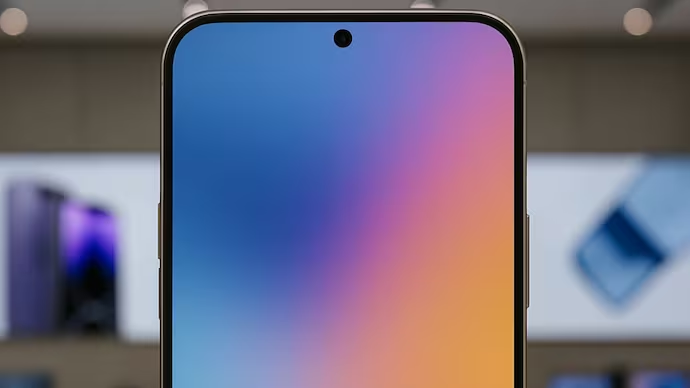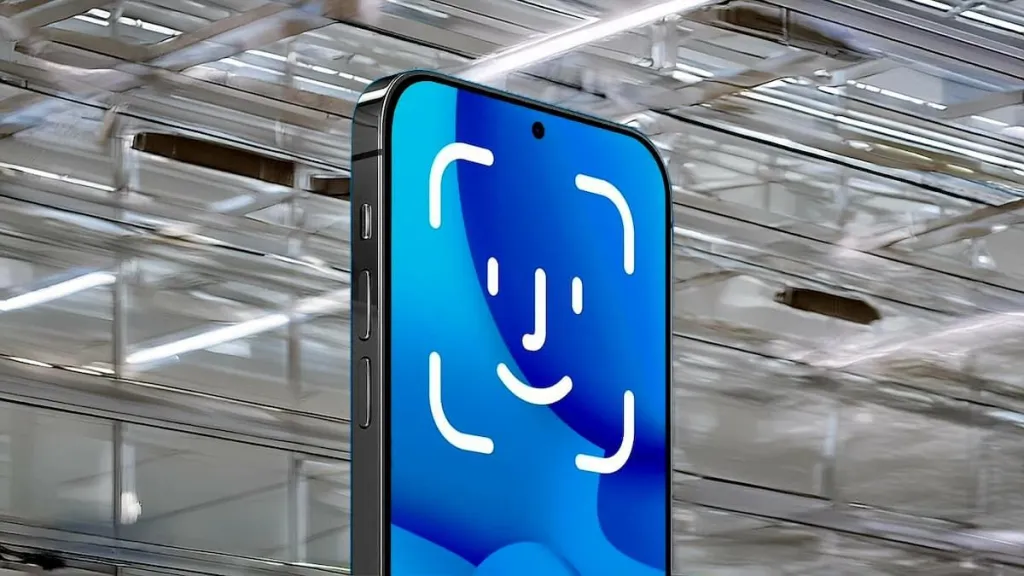Apple may use a single punch‑hole camera on the iPhone 18 Pro models. This tiny circle would house the front camera and leave more space for the screen. The change could make the iPhone feel more modern and less busy. At the same time, Apple is said to move the Face ID sensors under the display so that they are almost invisible until in use.

How under‑screen Face ID might work
Moving Face ID below the glass is an engineering challenge. Apple must let light reach the TrueDepth sensor so it can create the depth map needed to unlock the phone. Engineers may use a special area of the display that can switch from showing pixels to allowing infrared light to pass. Past patents have shown how Apple could integrate tiny windows within the display. Even so, Apple must balance display brightness uniformity with the ability to scan a face securely.
Screen size and panel technology
According to recent leaks, the iPhone 18 Pro may have a 6.27-inch screen while the Pro Max could reach 6.86 inches. These sizes are close to those expected for the iPhone 17 series. Both models may use a high resolution, 1.5 times that of a full HD screen, for crisp text and images. They would also use energy-saving LTPO displays, which can drop to very low refresh rates when the content is static.

What still needs to happen
Despite the detailed rumors, Apple has not confirmed the punch‑hole design or the under‑screen Face ID. The hinge and screen suppliers must perfect the new displays and sensor windows. Mass production of such complex parts must start only when quality and yield meet Apple standards. That process may take many months and could delay the new features until later in the iPhone 18 cycle.
More news will emerge as Apple shifts towards a cleaner front display in the top models. Wait until an official confirmation when the iPhone 18 Pro is finally on stage, revealing what is truly underneath the glass.





